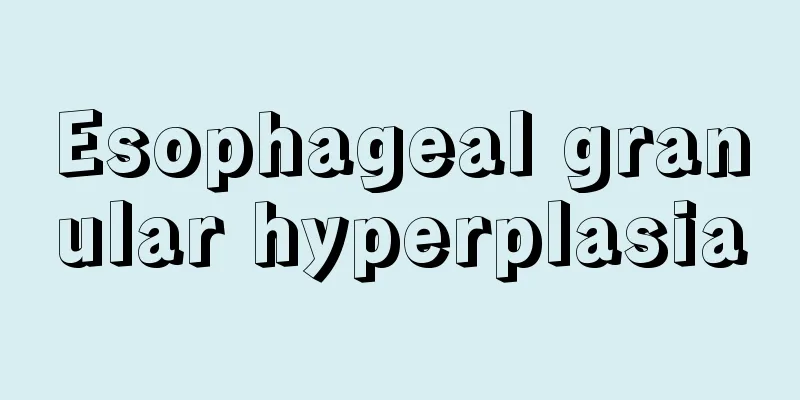What are the hazards of hamartoma

|
Hamartoma, many people do not know about this disease. Because the symptoms are not obvious, people tend to ignore it, which eventually leads to serious consequences. Therefore, it is necessary to understand hamartoma so that people do not neglect treatment. Next, let us learn about the hazards of hamartoma. Pathological examination shows that the tumors vary in size and can grow outside the kidney or to the collecting system. There is no complete capsule, but the boundaries are clear. The cut surface is grayish white, grayish yellow or mixed yellow, and some bleeding foci can be seen. Microscopically, the tumor is composed of mature adipose tissue, blood vessels and smooth muscle in different proportions, and may also be mixed with fibrous tissue. It is generally believed that the main pathological basis of tumor bleeding is that the tumor contains abundant vascular tissue, and the walls of these blood vessels are of different thicknesses and lack elasticity. The blood vessels are tortuous and can become aneurysmal, and can rupture by slight external force. Some relatively large hamartomas cause digestive discomfort symptoms due to compression of organs such as the duodenum and stomach. When a large hamartoma suddenly ruptures, the patient will experience symptoms such as waist and abdominal pain and hematuria. Patients with severe hemorrhage can touch the mass in the abdomen, and even have shock symptoms. Extrarenal manifestations: butterfly-shaped facial sebaceous adenoma, epilepsy, mental retardation, etc. In addition, there may be two other influencing factors: First, the maturity of various tissues in hamartoma varies. Some contain actively growing smooth muscle and fibrous tissue, which leads to rapid growth of the tumor and increased blood supply. Some people believe that these cells have the characteristics of myoblasts and fibroblasts, have potentially invasive behavior, and may even become malignant. Second, the rapidly growing tumor compresses the adjacent normal renal tissue while increasing in size and weight, causing atrophy of the normal renal tissue or even focal ischemic necrosis, so that a slight external force can cause the interface between the tumor and the kidney to break and bleed. Renal hamartoma is a benign lesion, but if it is not treated, the increase in size will cause loss of renal function or renal dysfunction. It is recommended to undergo surgical treatment as soon as possible. Those with symptoms often present with cough, sputum, hemoptysis, shortness of breath, chest pain, fever and other symptoms. Symptoms of hamartomas in the main bronchi, lobar bronchi, and especially in the carina area appear early, often accompanied by wheezing, and even cause severe dyspnea and cyanosis, which are misdiagnosed as asthma. Tumors located in the lobes or main bronchi cause stenosis and partial obstruction of the lumen, causing secondary infection. Most patients seek medical treatment for acute or chronic pulmonary suppuration. There are very few reports on complications of pulmonary hamartoma. For patients who need surgery, the occurrence of intraoperative and postoperative complications can be well prevented by carefully choosing the surgical method, preserving normal lung tissue as much as possible, and preventing excessive resection. However, if the tumor is large, it will cause compression symptoms on the heart, large blood vessels, and lung tissue, causing chest deformity, and may also cause complications such as pneumonia, atelectasis, and bronchiectasis, which will aggravate or complicate the condition. Nevus hamartomatosis is a group of congenital genetic diseases. The prognosis of different nevus hamartomatosis varies. The skin lesions of pigment incontinence may gradually decrease, and the pigment may fade, but the accompanying alopecia and lesions of the teeth, eyes and central nervous system often do not improve with the improvement of the skin; if symptomatic epilepsy occurs, it can be controlled and reduced by giving anti-epileptic drugs. The surgical effect of type II neurofibroma is poor and it is easy to relapse. Facial nerve paralysis and hearing loss may also occur after surgery. Benign tumors such as hamartomas may still cause serious harm. The most common harm is tumor rupture and massive bleeding. Once this happens, most patients may be forced to have their kidneys removed, and in severe cases, it may even endanger the patient's life. |
<<: Why is hamartoma difficult to cure
>>: The harm caused by hamartoma to the human body
Recommend
Is it okay to postpone the baby's vaccination?
Many parents want to know whether the baby's ...
What to eat to make teeth strong
In our daily life, we not only need to maintain g...
Pain in the back and neck
Nowadays, many young people cannot do without mob...
Do kidney stones grow larger?
Kidney stones require timely treatment. If not tr...
Bacterial infection fever
From March to April every year, the south of my c...
What should you pay attention to when exercising with ovarian cancer
As the number of deaths from ovarian cancer conti...
What does diffuse papules look like
The appearance of papules may be caused by metabo...
Can coix seed and millet be eaten together
Job's tears is a very good grain crop for rem...
Can lotus leaf tea cure constipation?
Nowadays, many people are not willing to just dri...
How to diagnose lung cancer? Introduction to several common diagnostic methods for lung cancer
X-ray examination can reveal the location and siz...
What is the disease of intrahepatic solid nodules
Intrahepatic solid nodules refer to the presence ...
At what temperature does chocolate melt?
In fact, anyone who stores chocolate at home will...
Long sweater
Whenever spring and summer transition, we don’t k...
What are the treatments for common warts?
The treatment of common warts is actually not as ...
How much do you know about the early symptoms of laryngeal cancer
There are still quite a lot of people suffering f...









